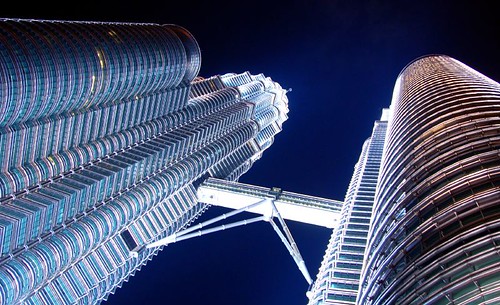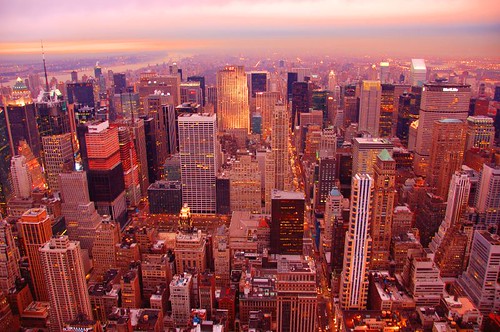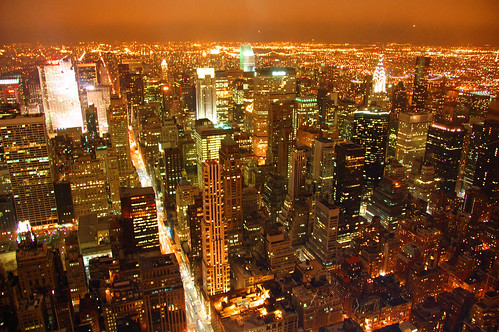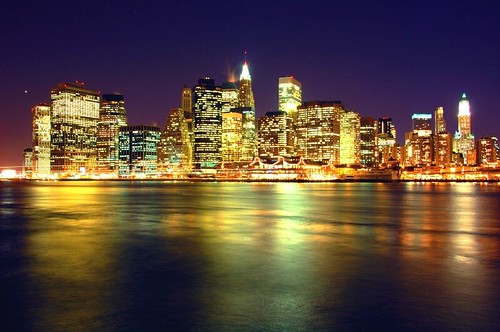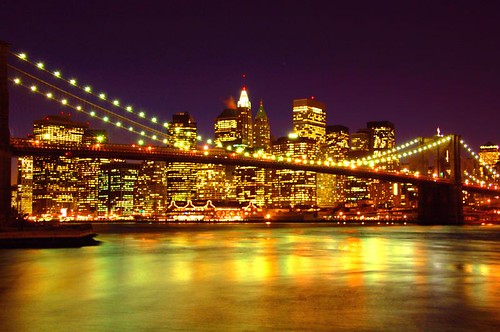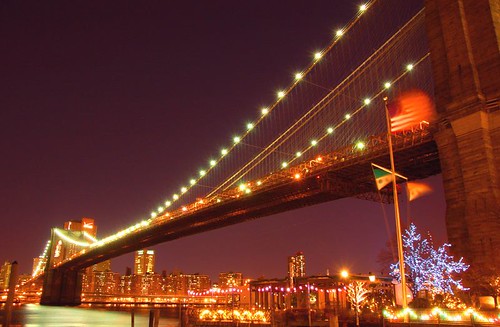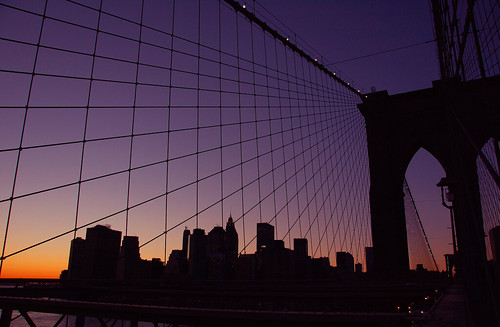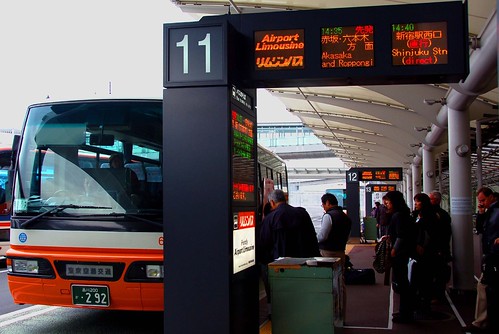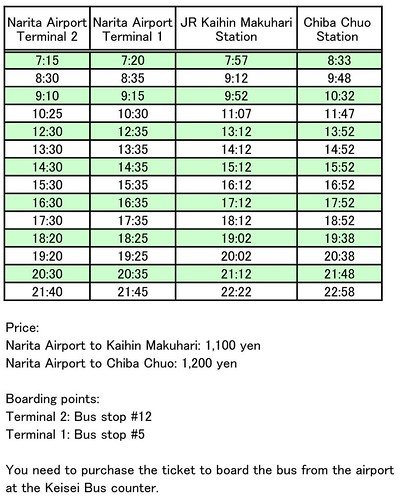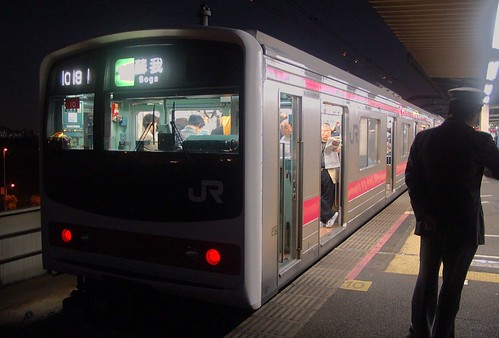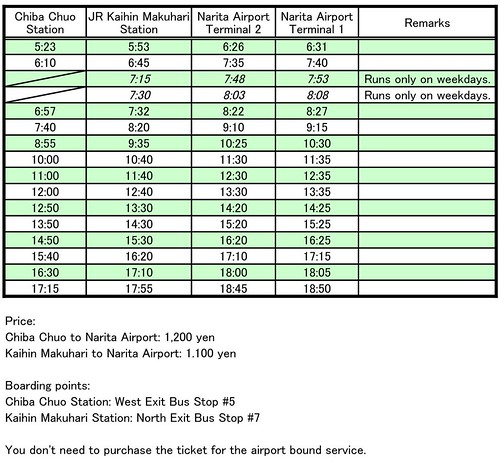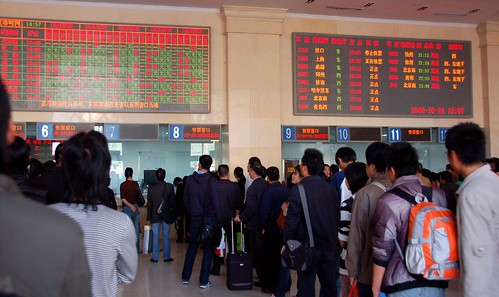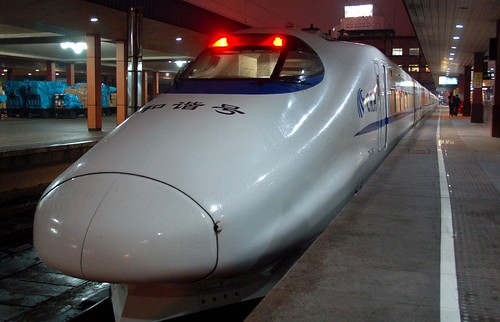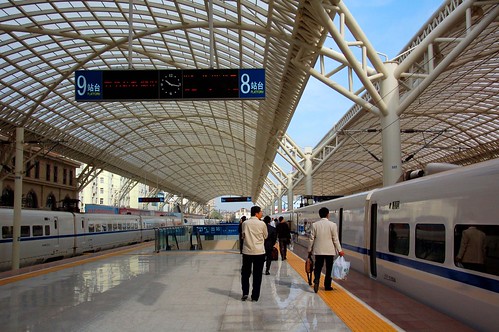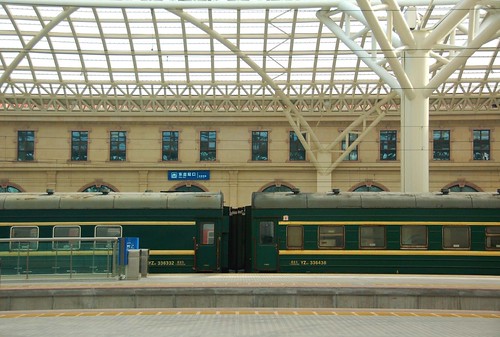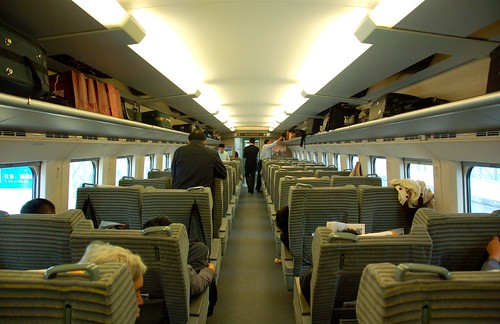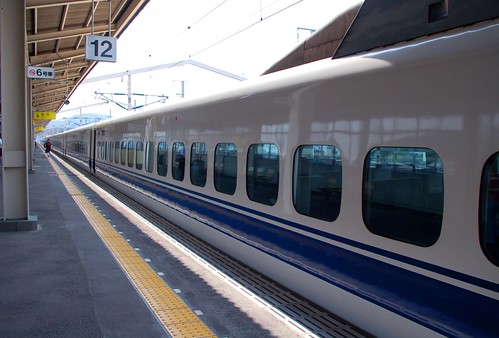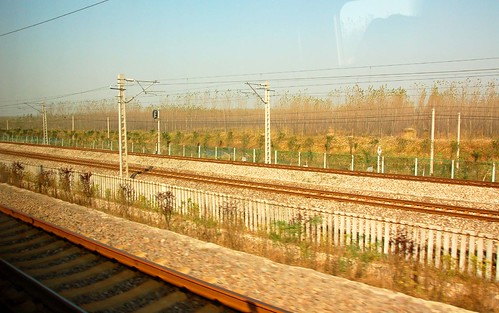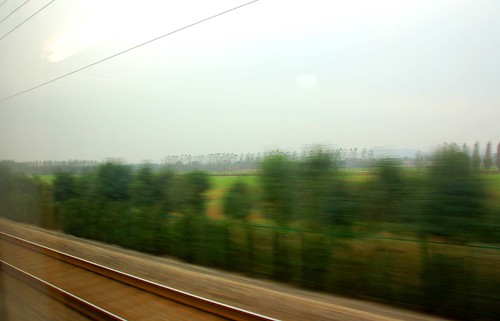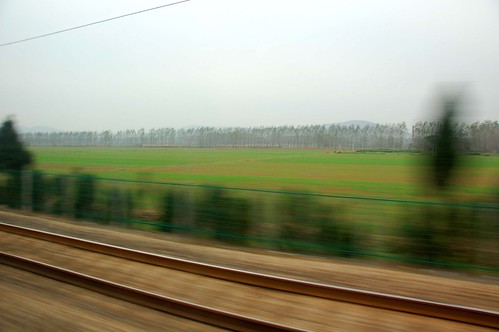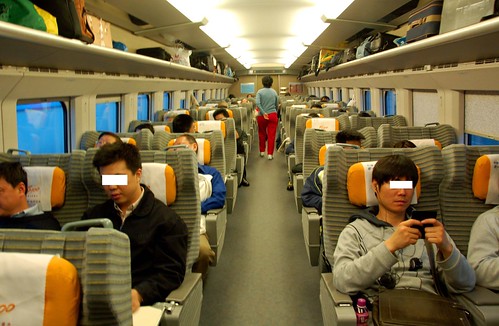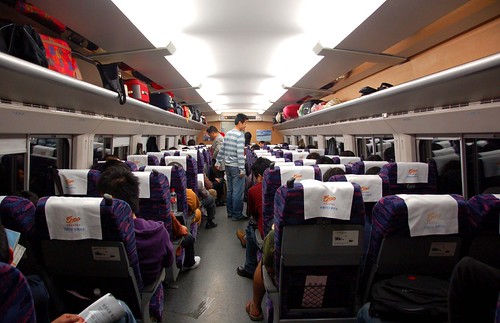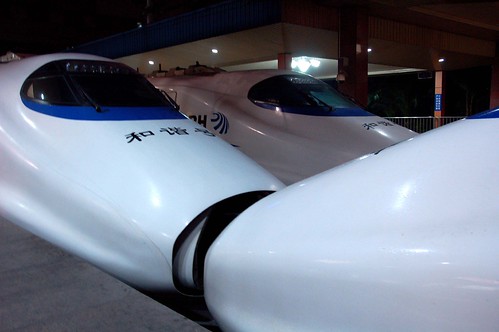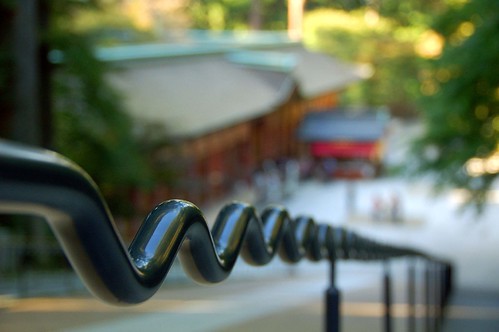
It's located in Otsu City, Shiga Prefecture, and was first founded by a buddhist monk Saicho in 788. It's the headquarters of the Tendai Sect.
Since Saicho opened it, it played a central roll in the Buddhism activities in the Heian Period (794 to 1192) on par with Kongo-Buji Temple on Koyasan.
Enryakuji is a collective name consisting of various towers and sub-temples dotted on Mt Hiei. It has turned out a lot of famous buddhist monks such as Ennin, Shinran, Dojin etc. The temple is on the Unesco's World Heritage list.
As time passes, the derived sects (those in power) came to be polarized so that many monks got armed. The 6th general Yoshinori Ashikaga in the Muromachi Regime got a plot and convened those monks in power to kill them.
Yoshinori controlled over Enryakuji, and the monks in despair committed suicide by burning the temples. It was 1435.
After Yoshinori was killed, Enryakuji had come to get armed with several thousand monks, and it became independent. In 1571, Nobunaga Oda surrounded Enryakuji and fired the whole premises. It was completely burned down.
--- --- ---

Pagoda

Kompo Chudo (I'm not very sure, sorry...)

Shaka-Do
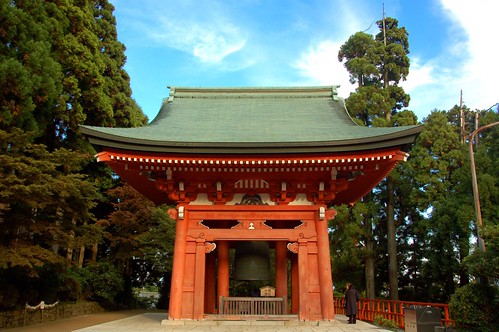
Bell Tower
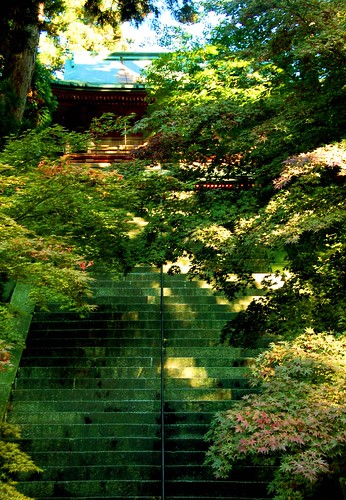

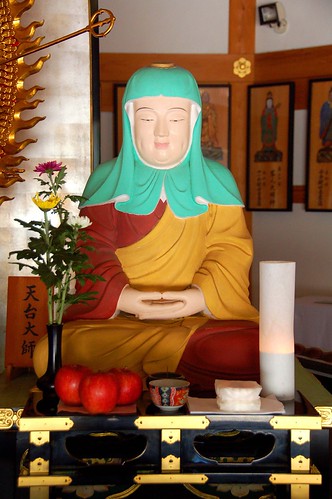
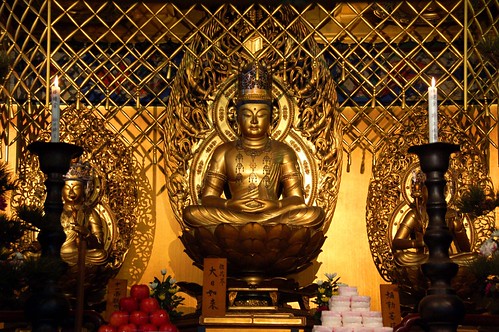

--- --- ---
Photos taken at the top of Mt. Hiei:
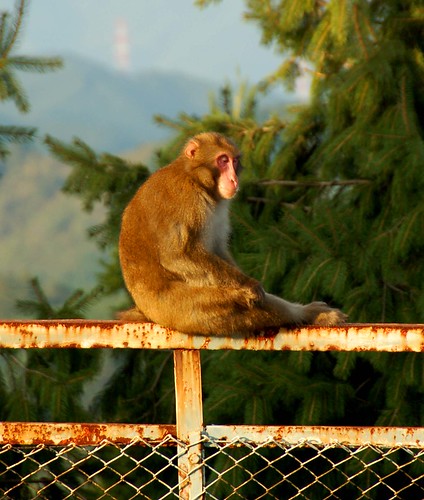


Lake. Biwa
--- --- ---
I first caught the Kyoto Subway Tozai Line from Keijan-Sanjo to Hama-Otsu, then changed to the Keihan Line to Sakamoto. Then I walked to the Sakamoto Cable Car Station for 15 minutes.

Keihan Line train

Sakamoto Cable Hieizan Station
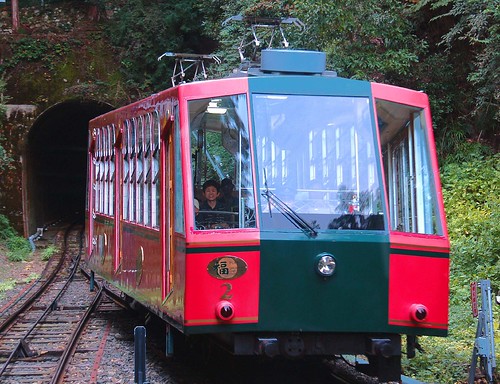
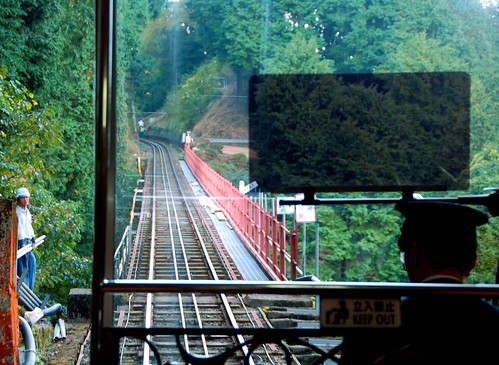
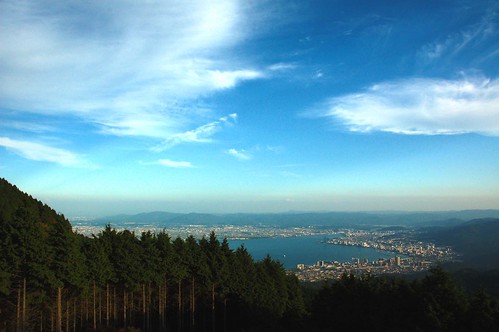
When I returned to Kyoto, I took the bus to Shijo Kawaramachi.
You might consider purchasing the Kansai Thru Pass for this journey. It will pay for itself.
.
